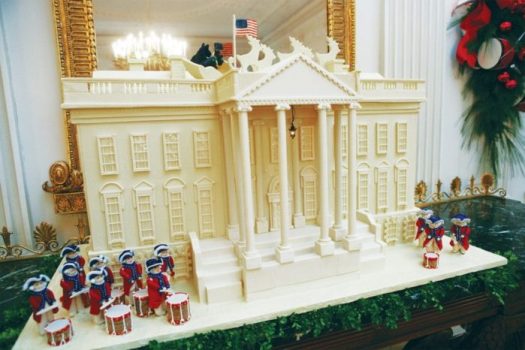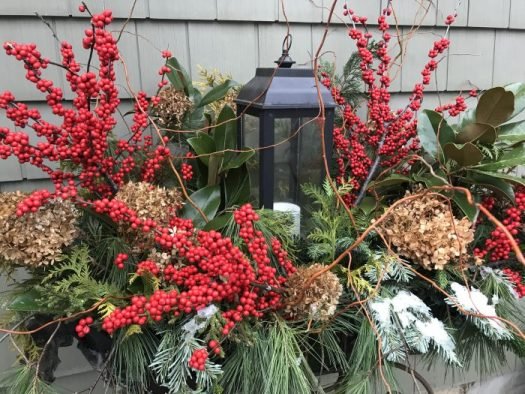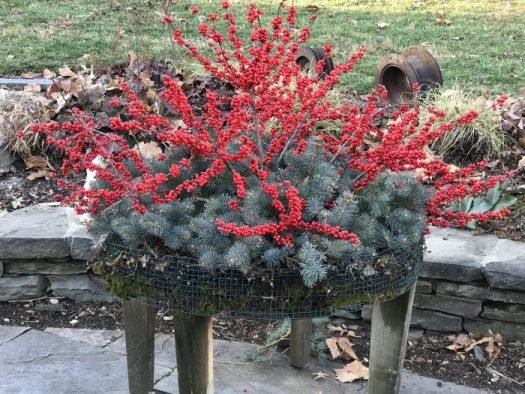Having decorated for Christmas at the White House for several years, my fondest memories of the time spent there is the official unveiling of the intricately detailed candy-adorned gingerbread house.
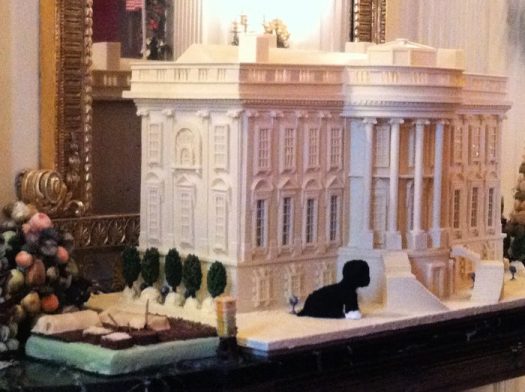
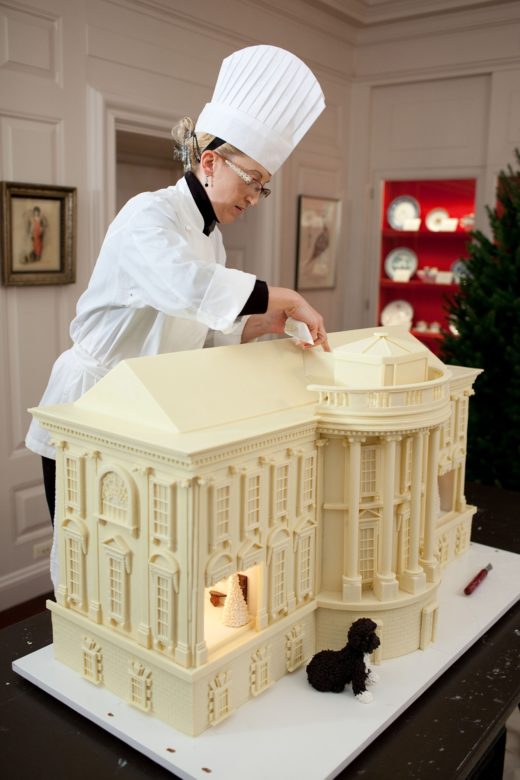
Gingerbread Construction & Placement
The annual tradition occurs around the last day that we are feverishly decorating, when the enormous and very heavy piece of confection is wheeled into place in the State Dining Room and placed on a mahogany eagle console situated in front of the huge pier mirror. The First Lady always approves the decorating theme and the gingerbread house before the kitchen starts.
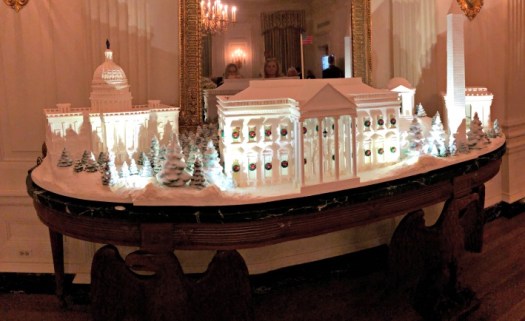
A concealing portable screen is set in front to hide it but I always peered around the corner to see what special surprise the pastry chef designed for that year. Each year, I was in awe of the heights of fancy and attention to detail that the gingerbread house displayed. Hidden from full view until the press preview and the grand reveal party, the Gingerbread creation is months long in the making. Starting with precise CAD drawings, these works of art are put together in the plastic-lined China Room that serves as a adjunct kitchen and wheeled into place when completed. The existing pastry kitchen is too small to accommodate the busy work of gluing together walls, icing the intricate designs, and construction. Band saws, measuring and cutting tools, commercial mixers, and chocolate warmers are all needed to make a successful gingerbread house.
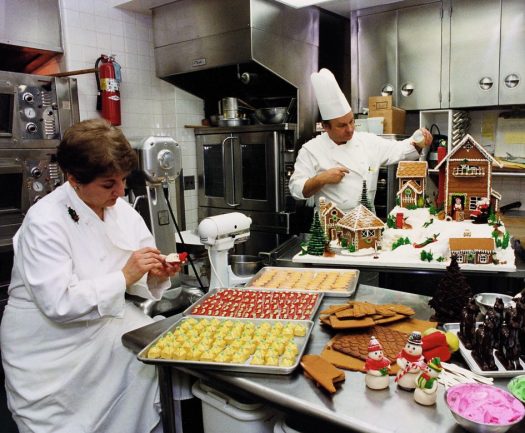
Where Does It Go After Christmas?
Celebrated with glittering decor, decadent desserts, and great fanfare, the gingerbread house is always the ‘piece de resistance’ of all holiday desserts. And is it consumed?? I asked the pastry chef one year what happened to the retired gingerbread house after Christmas, and she replied with a coy smile “that it goes to the North Pole!”
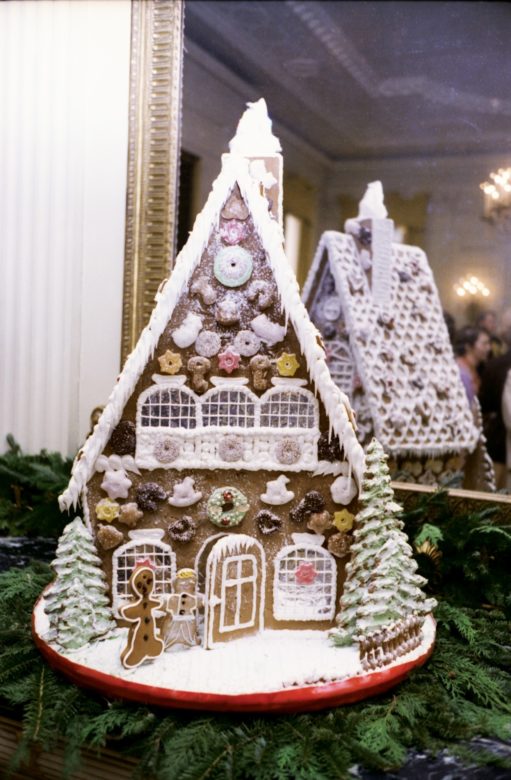

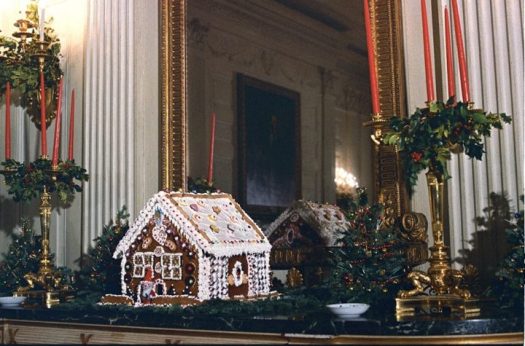
History of Holiday Sweets
A recipe for soft gingerbread appeared in the earliest American cookbooks and early First Ladies had their own family recipes. First Ladies Martha Washington and Dolley Madison both used their own soft gingerbread cake recipes and you can still buy soft gingerbread in historic Williamsburg as part of Americana. As early as 1929, First Lady Lou Hoover decorated a tree with gingerbread men and horses and in 1965, Lady Bird Johnson decorated the Blue Room Christmas tree with gingerbread cookies. Assistant Executive Chef Hans Raffert in 1969 started the Gingerbread tradition with a German A-frame style gingerbread house added to the Nixon family decorations.
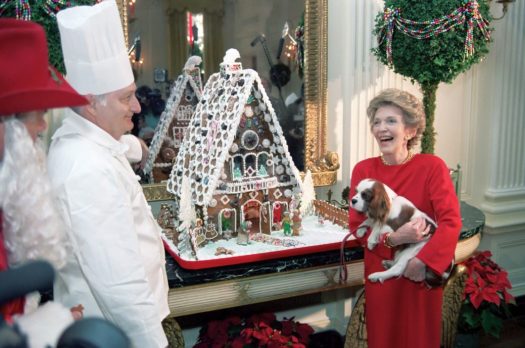
Through the years, the gingerbread house has morphed into enormous assemblages of gingerbread, chocolate, and marzipan that bear little resemblance to the simplicity of the original A-frame. For example, in 2019, The State Dining Room paid tribute to significant American landmarks with historic places reflected in both ornaments and gingerbread. The gingerbread house featured replicas of the White House’s South Portico, the Golden Gate Bridge, the Space Needle, Mount Rushmore, the Alamo, the Gateway Arch, the Liberty Bell, and the Statue of Liberty. The White House pastry team used 200 pounds of gingerbread dough, 125 pounds of pastillage dough, 35 pounds of chocolate, and 25 pounds of royal icing to recreate these iconic American landmarks.
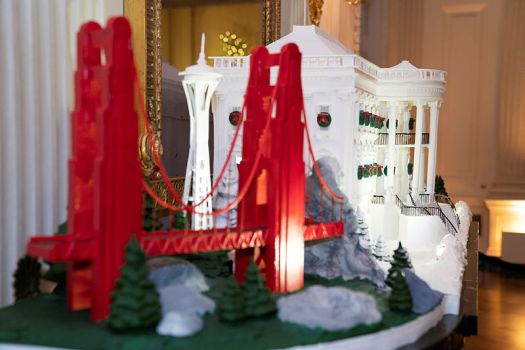
How It All Starts
Beginning in June, the White House kitchen starts preparing a half ton of fruit cakes that will be refrigerated so that the flavors can mature. Then the preparations for all the cookie dough will start. Cookie dough is made and then frozen so it can be brought out later to bake fresh during the holiday season. While working at The White House, I binged on many decorated sugar cookies that were fed to hungry volunteers and always admired the intricate decorating – works of art!

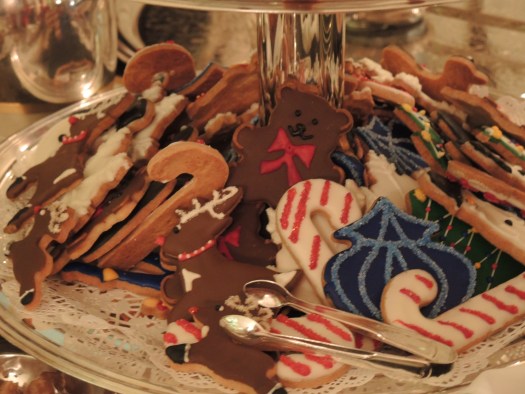
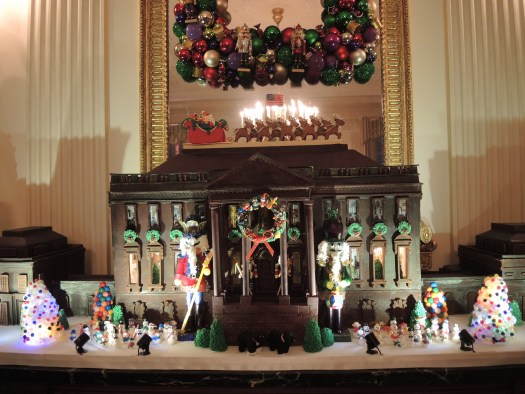
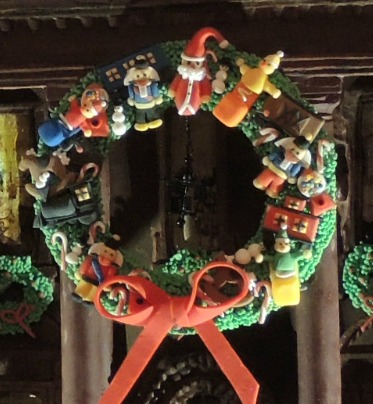


I think my favorite White House Gingerbread House was ‘All Creatures Great & Small’ done at the direction of Laura Bush. Featured on the porches and grounds were marzipan figures of presidential pets. There were lots of cats and dogs, but also included were Caroline Kennedy’s pony and John Quincy Adams’s pet alligator! And did you know that Grace Coolidge had a pet racoon named Rebecca? They were all there.

Make Your Own

To learn how Roland Mesnier, pastry chef for five presidents, makes a simple gingerbread cottage, with step by step instructions and images, go to How to Make Your Own Gingerbread Cottage.

I also own Roland Mesnier’s book White House in Gingerbread: Memories & Recipes, and here is the recipe he used:
Ingredients
- 3/4 cup (1 1/2 sticks) unsalted butter, softened
- 3/4 cup granulated sugar
- 2 large eggs
- 5 ounces molasses (liquid measure)
- 5 ounces honey (liquid measure)
- 2 teaspoons baking soda
- 1 1/2 teaspoons cinnamon
- 1 1/2 teaspoons ginger
- 1/3 teaspoon salt
- 6 1/2 cups all-purpose flour
- Mix all ingredients together in the order listed in the bowl of an electric mixer fitted with the paddle attachment.
- Let the dough rest and firm up in the refrigerator overnight.
Shaping & Baking Gingerbread Sheets
- Once the gingerbread dough has rested and chilled overnight in the refrigerator, you are ready to shape it for baking. You will be creating a supply of gingerbread “wood” from which to cut out the pieces of the house. When baking in the home kitchen, you should use a flat 12 x 18 inch baking pan—the half size of a professional pan. These pans are readily available at stores and fit most home ovens. It is important that your sheets of gingerbread be smooth, of uniform thickness, and perfectly flat. In order to be successful, you must use flat baking pans. Consider buying a few new baking pans if yours are worn. In the end, you will be glad you did.
- The gingerbread dough must be rolled flat to a uniform thickness. The gingerbread used for the walls of the house should be 3/8 to 1/2 inches thick. The gingerbread used for the roof should be 3/8 inch thick. To achieve these precise widths, buy two wooden boards that are the thickness of the walls and the roof. To roll out the dough, begin by placing parchment paper on a flat surface. Dust the paper with flour to prevent the dough from sticking, and then place a brick of dough in center of the parchment paper with your two boards placed at either end of the paper. Put another sheet of parchment paper on top of the dough and, using a rolling pin, roll the dough down to the thickness of the wooden boards. Trim the edges of the dough to fit in the sheet pan. Using the bottom paper, lift the dough and place both the paper and the dough into the sheet pan. Remove the top paper.
- Dock the dough by pricking holes with a fork all over the top. This will allow steam to escape and help the gingerbread to bake flat. If you do not dock the dough, you will get large bubbles in your gingerbread. Rest the dough in the refrigerator for one hour.
- Bake at 350 degrees. A half sheet of dough will take about 25 minutes to bake. It is important to bake the dough fully. Bake it to be very dry, as the completed gingerbread house will absorb moisture on humid days. Toward the end of baking, prop the oven door open with a small ball of aluminum foil to allow the steam to escape from the oven. When done, remove the pan from the oven and let the baked dough dry on the sheet pan.
Mesniers’ book has lots of other decadent dessert recipes that he created while at The White House.

Gingerbread House Reflects the First Family
Such delicious outlets for creativity, the gingerbread house always reflects the presidential family living in the White House and includes pets, gardens, and the decor used for the real White House. For instance, in 2017 and 2018, the gingerbread house was a simple and elegant creation with no extra frills, but showed that each window was decorated with a simple evergreen wreath with an elegant red bow, just like in the real White House.



Gallery of Past White House Gingerbread Houses








